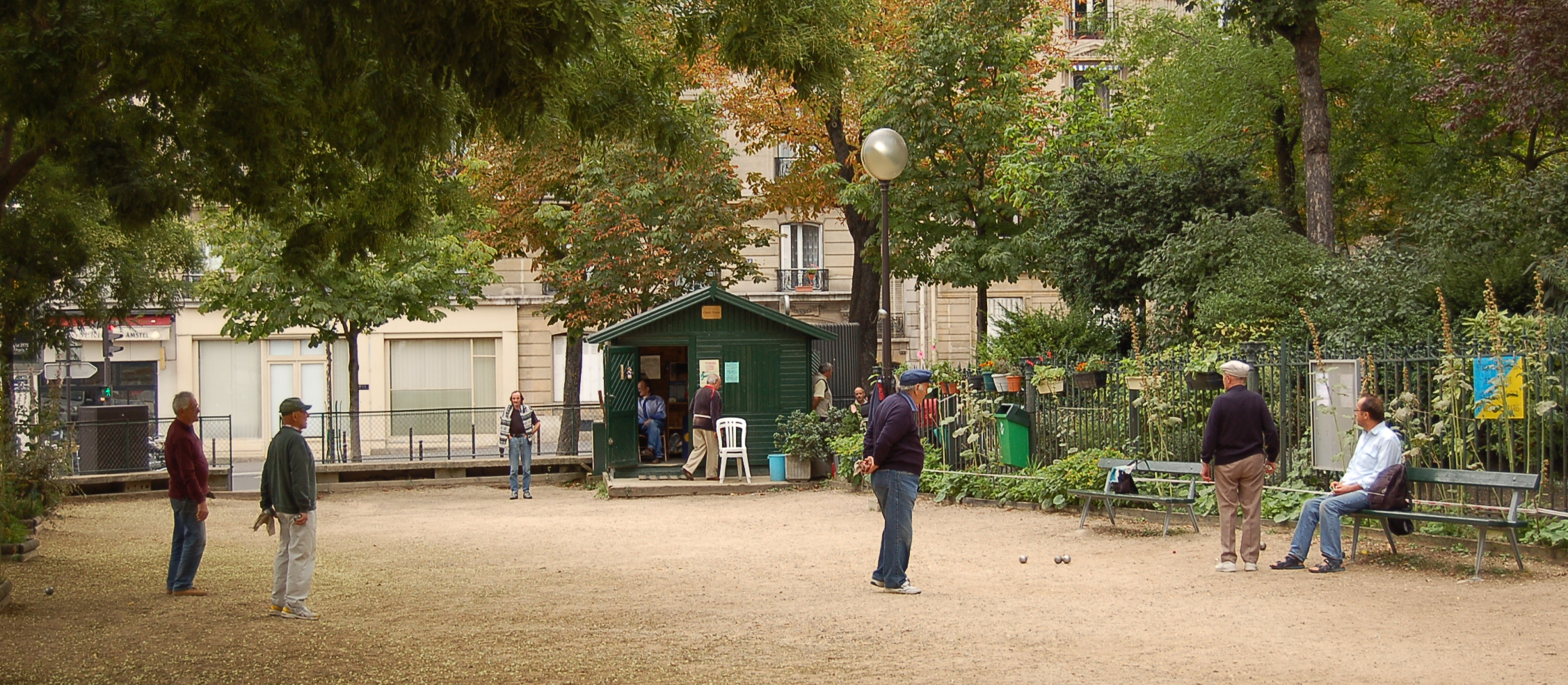Batignolles on:
[Wikipedia]
[Google]
[Amazon]
 Batignolles () is a neighbourhood of
Batignolles () is a neighbourhood of
 Batignolles is outside the center of Paris most visited by tourists, but attractions include the Batignolles Cemetery (which is actually located in the nearby
Batignolles is outside the center of Paris most visited by tourists, but attractions include the Batignolles Cemetery (which is actually located in the nearby
centered on the Parc Clichy-Batignolles – Martin-Luther-King.
Paris
Paris () is the Capital city, capital and List of communes in France with over 20,000 inhabitants, largest city of France. With an estimated population of 2,048,472 residents in January 2025 in an area of more than , Paris is the List of ci ...
, part of its 17th arrondissement. The neighbourhood is bounded on the south by the Boulevard des Batignolles, on the east by the Avenue de Clichy, on the north by Rue Cardinet and on the west by the Rue de Rome.
History
Batignolles was an independent village outside Paris until 1860, when theemperor
The word ''emperor'' (from , via ) can mean the male ruler of an empire. ''Empress'', the female equivalent, may indicate an emperor's wife (empress consort), mother/grandmother (empress dowager/grand empress dowager), or a woman who rules ...
, Napoleon III
Napoleon III (Charles-Louis Napoléon Bonaparte; 20 April 18089 January 1873) was President of France from 1848 to 1852 and then Emperor of the French from 1852 until his deposition in 1870. He was the first president, second emperor, and last ...
, annexed it to the capital.
During the 19th century, Batignolles had an active cultural life, and it served as a base for the painter Édouard Manet
Édouard Manet (, ; ; 23 January 1832 – 30 April 1883) was a French Modernism, modernist painter. He was one of the first 19th-century artists to paint modern life, as well as a pivotal figure in the transition from Realism (art movement), R ...
and his friends, who became known as the Batignolles group. They painted many scenes of its café
A coffeehouse, coffee shop, or café (), is an establishment that serves various types of coffee, espresso, latte, americano and cappuccino, among other hot beverages. Many coffeehouses in West Asia offer ''shisha'' (actually called ''nargi ...
life.
21st century
 Batignolles is outside the center of Paris most visited by tourists, but attractions include the Batignolles Cemetery (which is actually located in the nearby
Batignolles is outside the center of Paris most visited by tourists, but attractions include the Batignolles Cemetery (which is actually located in the nearby Épinettes
Épinettes () is a neighborhood of Paris, a part of the 17th arrondissement of Paris, 17th arrondissement of the city. The neighborhood is bounded by the Avenue de Clichy, the Avenue de Saint-Ouen and the boundaries of Paris in the North.
Hist ...
district), and the Square des Batignolles, a small park created in 1862.
It was intended that Batignolles would include the Olympic Village, had Paris hosted the 2012 Olympic Games
The modern Olympic Games (Olympics; ) are the world's preeminent international Olympic sports, sporting events. They feature summer and winter sports competitions in which thousands of athletes from around the world participate in a Multi-s ...
. Former SNCF
The Société nationale des chemins de fer français (, , SNCF ) is France's national State-owned enterprise, state-owned railway company. Founded in 1938, it operates the Rail transport in France, country's national rail traffic along with th ...
railyards were expected to be redeveloped as part of this process. It was intended that, after the Olympics (by 2015), the neighborhood would include 3,400 apartments, 30,000 square metres of shops, 140,000 square metres of office buildings and new public facilities (including a school and nursery). Moreover, major public buildings including the Palais de Justice court complex and the Police judiciaire building (previously located in the Île de la Cité
The Île de la Cité (; English: City Island, "Island of the City") is one of the two natural islands on the Seine River (alongside, Île Saint-Louis) in central Paris. It spans of land. In the 4th century, it was the site of the fortress of ...
), were expected to move to the new Cité judiciaire de Paris building, north of the garden.
The former railyards have instead been redeveloped into a new 4.3-hectare district,centered on the Parc Clichy-Batignolles – Martin-Luther-King.
Metro stations
Batignolles is: It is served by lines 2, 13 and 14.Education
TheSzkoła Narodowa Polska w Paryżu
Szkoła Narodowa Polska w Paryżu ("Polish School in Paris"; ), also known as the School at Batignolles (; ) is a Polish international school at the Polish embassy in the 17th arrondissement of Paris, 17th arrondissement of Paris, France.< ...
(Polish school in Paris) is in the Batignolles area.
Notes